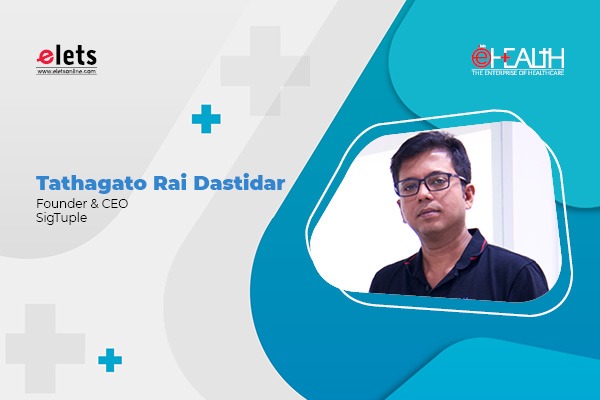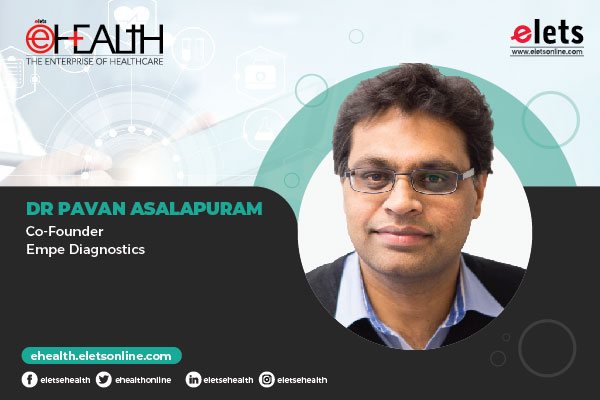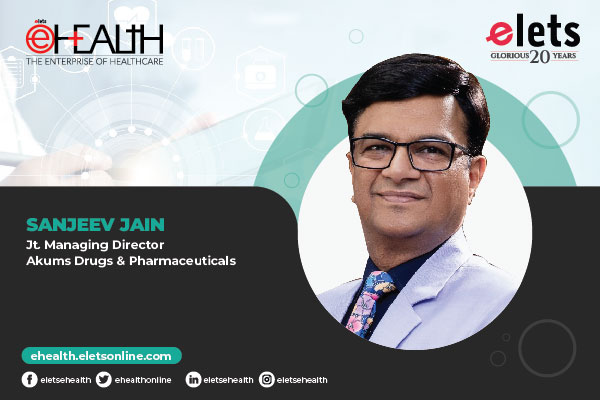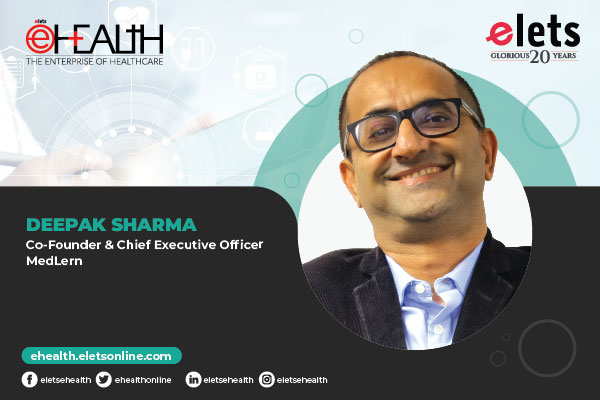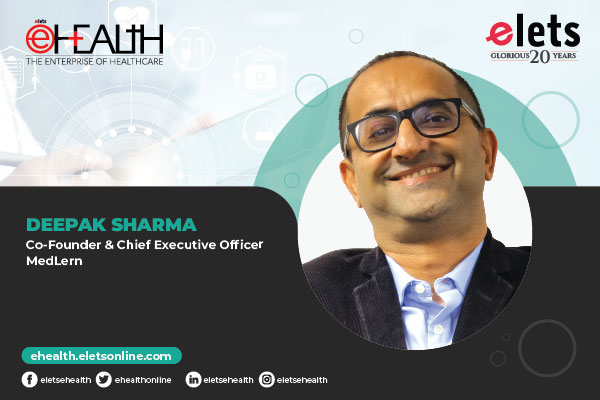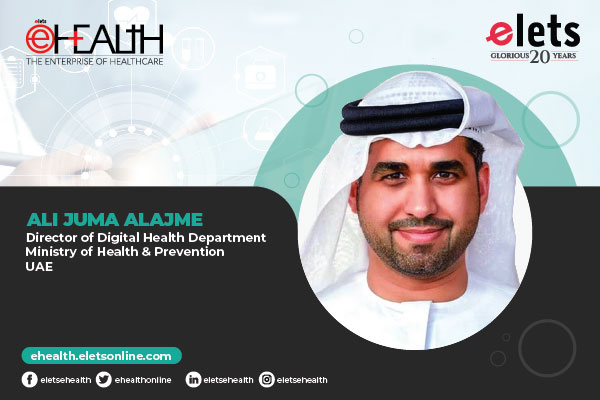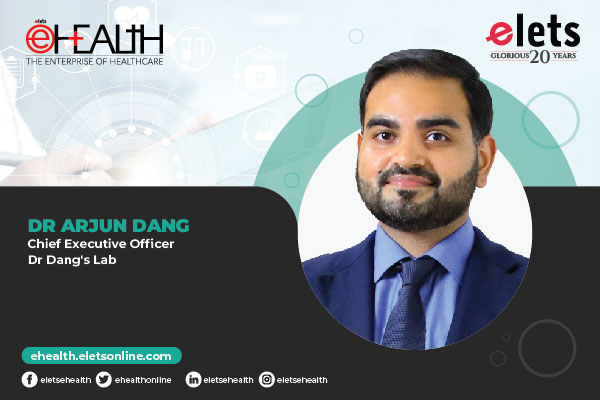Medical Devices and Regulatory Certifications
As we all are aware that the medical devices industry is regulated, and it is rightly so. Clinical validations and regulatory certifications are key. For a start-up, be it Indian or from elsewhere, this can be daunting at the beginning. Start-ups move fast, often going through many iterations before hitting upon the final product that they want to take to the market. During this whirlwind iterative phase, having a process around the madness is often the last thing on the start-up founders’ mind. The realisation that a QMS (Quality Management System) needs to be in place comes later, and at that time, a lot of undocumented work has already happened.
Thus, the key is to have the QMS system in place right from the beginning. Yes, it does lead to more work, especially around proper documentation. But the extra effort is worth it in the long run. At SigTuple, we had on boarded a regulatory affairs expert within one year of starting up, and we had passed our first ISO 13485 audit in 2017, barely two years since inception.

ISO 13485 is the gold standard QMS guideline to follow for medical devices start-ups. It regulates the internal processes of a company, not its final product. Adhering to this guideline eases the way to obtain the certifications for products. This guideline dictates that we clearly define product requirements; R&D processes are completely aligned with the requirements, adequate quality assurance is done, and so on. This process has a great deal of similarity with the agile development processes that most start-ups employ. So, implementing it is not as it may seem.

Risk management is an important additional thing that ISO 13485 dictates. Understanding and managing risks associated with medical software or a medical device is of paramount concern. Any start-up building medical devices should identify and clearly document risks and their mitigation measures right from the beginning.
For medical devices, the hardware verification is often a limiting step, as design iterations on hardware are slower compared to software. These include EMI (electromagnetic interference) and EMC (electromagnetic compatibility), ESD (electrostatic discharge), biocompatibility, temperature and humidity tests, and so on. Transportation testing is another important set of tests. Verification is required to be done at an accredited testing facility, which is hard to find in India. Here too, the goal for a start-up should be to start early with the verification process, go through a few “test” iterations to clearly understand the shortfalls of the current design, and then improve upon it to finally meet the target requirements.

Finally, the last step in the regulatory process is clinical validation. While most start-ups do clinical studies during the development phase itself, it is very important to conduct a final clinical study across multiple sites, under conditions as close as possible to the field conditions. This gives the confidence to the regulatory authorities that the product has been adequately tested in real life scenarios.

SigTuple as a company has always been serious about regulatory matters. Right from our inception, we have tried to put processes in place to help us navigate the regulatory hurdles. We have CE marks for 3 of our products – AI100+Shonit (blood analysis), AI100+Shrava (urine analysis), and Drishti (diabetic retinopathy detection), with the latter being CE marked as a Software As a Medical Device (SAMD). The CE rules are now changing – from IVDD to the IVDR standard – and like all other medical devices companies, we have also submitted for the recertification under IVDR. Finally, we have also crossed another important milestone – submitting our application for US FDA approval for our blood analysis product.
Basis my experience, I would like to give the following advice to all Indian start-ups getting into the medical devices field:
– Start with the regulatory processes early
– Get help from experts in implementing the processes, especially ISO 13485
– Risk assessment should be as thorough as possible
– Hardware testing is often one of the most time-consuming steps. Thus, it is important to start early and iterate.
– Plan the clinical validations well, as these are absolutely critical for the success of the product.
Views expressed by Tathagato Rai Dastidar, Founder & CEO, SigTuple
post_id:
uld_count:
Cookie not set
Value 1: 0
Value 2: 10




